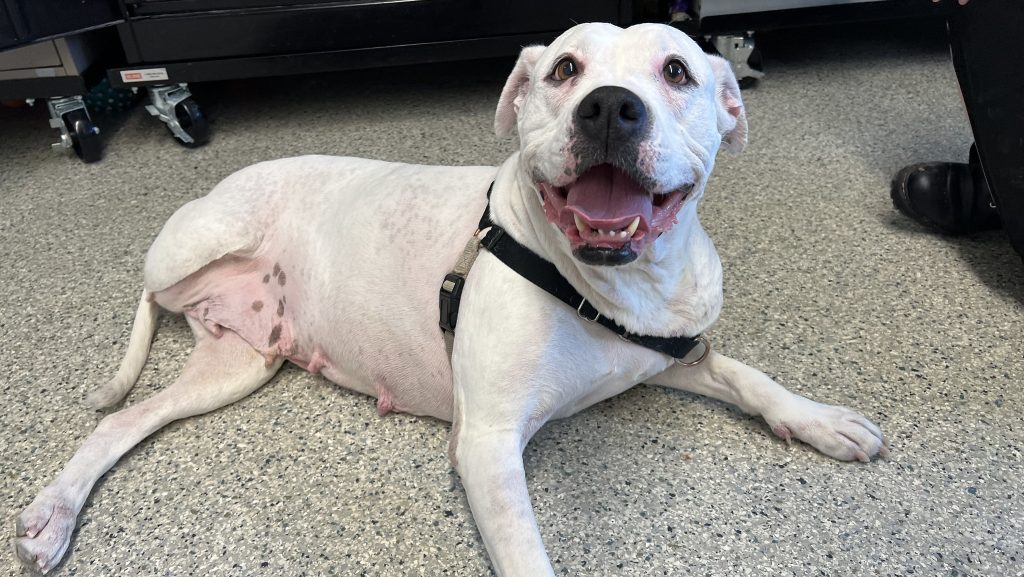‘No-kill’ label often misunderstood; OHS is an open-admission, no-suffering shelter

Posted Apr 4, 2025 01:48:21 PM.
Last Updated Apr 4, 2025 04:40:16 PM.
The Ottawa Humane Society (OHS) is addressing the frequently misunderstood ‘no-kill’ label that some shelters strive for, describing the term as “a pat on the back for people and suffering for animals.”
While there is no accepted standard for what it means to be a no-kill shelter, it can be defined as 90 per cent of animals admitted to the shelter leaving alive, wrote OHS in a news release.
This term has also been used to describe when animals are not euthanized related to time spent or lack of space in the shelter, Sharon Miko, president and CEO of the Ottawa Humane Society (OHS) wrote in the release.
“In a world that thrives on five-word sound bites, it’s extremely harmful to animals to reduce an extremely complex issue to so few words,” she explains.
By the requirement of animals not being euthanized for time spent or a lack of space, the OHS could be considered a no-kill shelter, but the organization says they will never use that term. Taking a closer look at the no-kill label unveils shortfalls and divisions created when shelters prioritize meeting this unrealistic goal, Miko added.
Instead, shelters should work to meet the specific needs of animals in their communities, explains OHS.
“The trouble starts with how some animal ‘rescues’ have gone about achieving the no-kill label,” wrote Miko.
This includes limiting intake to desirable pets only, inaccurate reporting, and/or transferring animals who require humane euthanasia to other facilities, she added.
In such cases, decisions can be made that are not in an animal’s best interest, often with one goal in mind — maintaining a no-kill status.
“When they are full or faced with an animal with needs beyond their capacity, some organizations flying the ‘no-kill’ banner simply refer animals and people in need to open admission shelters like the OHS,” wrote Miko in a blog post.
Additionally, a difference in opinions between community groups can create rifts, moving the focus away from a joint effort to protect animals. While communities often hold varied views of humane euthanasia, some believe that euthanasia should never be considered, regardless of an animal’s condition.
“These conflicting philosophies are sometimes enough to pit caring people against each other, even if both hold the ultimate goal of making tomorrow better for animals,” wrote Miko.
Euthanasia rates were significantly higher in Canadian shelters in the 1980s, with the no-kill movement being a contributing factor to the rise of rehoming and rehabilitating animals, noted OHS.
But when taken to the extreme, Miko says, avoiding humane euthanasia rather than addressing the needs of animals in our communities is a “recipe for suffering.”
The OHS follows an open-admission, no-suffering model, where it never turns away animals in need, regardless of their condition. The non-profit says the team works to explore all options, with the goal of securing an animal’s second chance.
This includes investment in providing more medical pathways for animals, enhancing behaviour supports and intervention services, and building partnerships with other animal groups to meet specialized needs.
Humane euthanasia has proven to be an essential service to protect animals from excessive physical or mental suffering, noted the organization.
It believes partnerships among communities can be achieved, working together to build a safety net for pets and people, and reducing the need for emergency intervention and rehabilitation.
“Can we do better? Always. But we need to do it together. In a world of increasing divisiveness, let’s work together to secure a better tomorrow for Ottawa’s animals and the people who love them,” wrote Miko.








